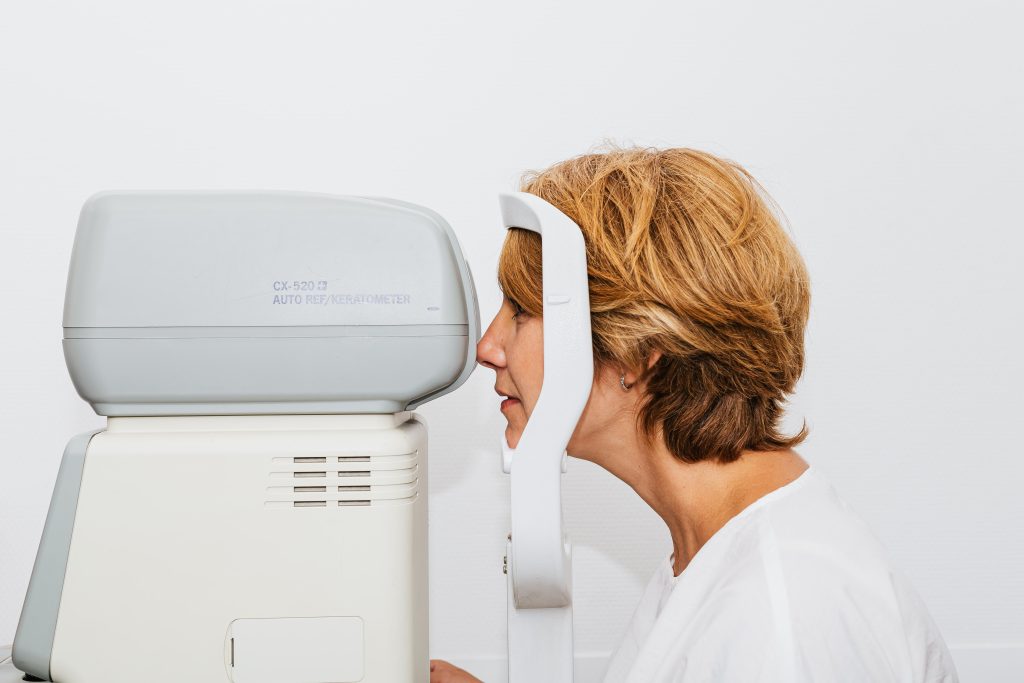Diabetic retinopathy is a diabetic complication that occurs when high blood sugar levels harm the retina in the back of the eye. If left untreated, it can lead to blindness. However, it typically takes several years to reach this point. To minimize the risk, people with diabetes should control their blood sugar, blood pressure, and cholesterol levels and attend annual diabetic eye screenings starting at age 12.
Diabetes affects the eyes by damaging the blood vessels in the retina, which needs a constant supply of blood to function. Over time, high blood sugar levels can cause the blood vessels to bulge, bleed, and develop scar tissue, leading to a reduction in vision. However, early detection and treatment can prevent the condition from worsening.
Anyone with type 1 or type 2 diabetes is at risk of diabetic retinopathy, with a higher risk for those who have had diabetes for a long time, have high blood sugar, blood pressure, and cholesterol levels, are pregnant, or are of Asian or Afro-Caribbean background. Controlling these risk factors can reduce the chances of developing diabetic retinopathy.
Symptoms of diabetic retinopathy are not typically noticeable in the early stages, but can be detected during diabetic eye screenings. If you experience sudden vision loss, shapes floating in your field of vision, blurred or patchy vision, eye pain or redness, or difficulty seeing in the dark, seek medical attention immediately.
Everyone with diabetes aged 12 and over is invited for annual eye screenings to detect any problems early on and prevent permanent blindness. The screening involves examining the back of the eyes and taking photographs. Depending on the results, you may need to attend additional appointments or discuss treatment options with a specialist.
You can reduce your risk of diabetic retinopathy by controlling your blood sugar, blood pressure, and cholesterol levels, taking your diabetes medicine as prescribed, attending all your screening appointments, seeking medical attention quickly if you notice any changes to your vision, maintaining a healthy weight, eating a healthy diet, exercising regularly, and stopping smoking.
Treatment is only necessary if screening detects significant problems that threaten your vision. Options include laser treatment, injections of medication into the eyes, and surgery to remove blood or scar tissue from the eyes. If the condition has not reached this stage, manage your diabetes as advised.
Laser Treatment: This treatment involves shining a laser into the eye to close the leaking blood vessels and to stop them from causing further damage. It can be performed in a hospital or clinic and is a quick, painless procedure. It will not cure diabetic retinopathy, but it can help slow down or stop the progression of the condition.
Injections of Medication: Another option for treating diabetic retinopathy is to have injections of medication into the eye. The medication helps to reduce the growth of new blood vessels and can prevent the progression of the condition.
Surgery: In more severe cases of diabetic retinopathy, an operation may be required to remove blood or scar tissue from the eye. This can help to improve vision and prevent further damage.
It is important to remember that while treatments are available, they will not cure diabetic retinopathy. Regular screening and management of diabetes, blood pressure, and cholesterol levels are essential to help prevent or slow down the progression of the condition.
In conclusion, diabetic retinopathy is a serious complication of diabetes that can cause blindness if left untreated. By managing blood sugar levels, blood pressure, and cholesterol levels, attending regular eye screening appointments, and seeking medical advice promptly, people with diabetes can reduce their risk of developing diabetic retinopathy. If the condition does develop, treatments such as laser treatment, injections of medication, and surgery are available to help slow down or prevent further progression.
